1. Open Floor Plans
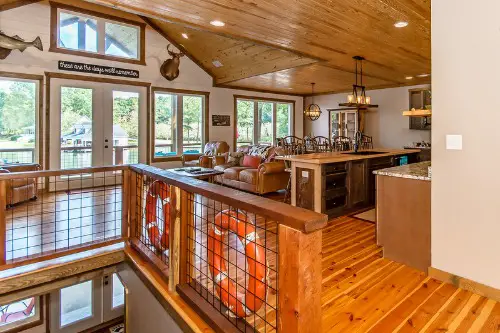
Open floor plans have been celebrated for their flexibility and flow, but they’re a product of very specific cultural and architectural shifts in the late 20th century. The concept gained traction in the 1970s and 1980s as people moved away from formal living and dining rooms. It really took off in the 1990s and early 2000s with suburban McMansions and mass-produced home layouts. The kitchen-island-overlooking-the-living-room model became a standard.
While they may still work for some lifestyles, the pandemic sparked a reevaluation of open layouts. People needed doors—literal doors—for privacy during remote work and school. Suddenly, separate spaces started to feel more valuable again. That shift made it clear: open floor plans weren’t timeless, just dominant for a couple of decades.
2. Granite Countertops
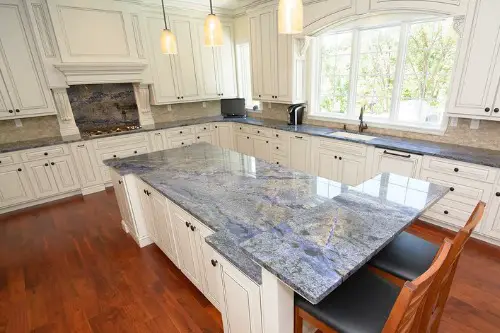
There was a time when granite was the pinnacle of kitchen luxury, especially in the late 1990s through the early 2000s. Its rise was tied to economic trends that made imported stone more affordable and available. Builders and homeowners alike started installing speckled granite with busy patterns in almost every suburban kitchen. It became the go-to way to signal an “upscale” renovation.
But styles have shifted, and now those mottled brown and black slabs look distinctly early-2000s. Newer preferences lean toward marble, quartz, or concrete—surfaces with cleaner, more consistent patterns. If your countertop looks like static on an old TV, chances are it’s not aging gracefully. Granite’s not gone, but its heyday has clearly passed.
3. Shiplap Walls
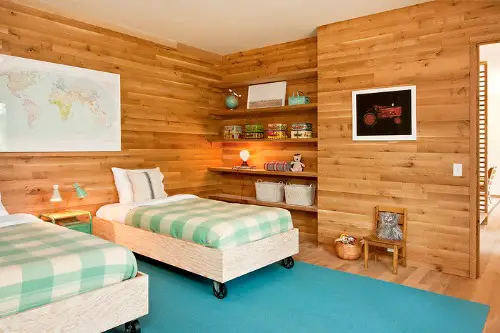
Shiplap may feel like a cozy, rustic staple now, but it exploded into the mainstream thanks to Fixer Upper and the farmhouse boom of the 2010s. Historically, it was used as exterior sheathing on barns and sheds—not as an interior design statement. Joanna Gaines helped transform it into the default accent wall material in homes across America. Its crisp horizontal lines became shorthand for “modern farmhouse.”
But because it’s so specific to that TV-driven trend, it instantly timestamps a space. It doesn’t matter how neutral the paint color is—shiplap walls shout “2015.” Even in newer homes, its overuse can make interiors feel already dated. In a few years, it may be the wood paneling of the 2020s.
4. Subway Tile Backsplashes
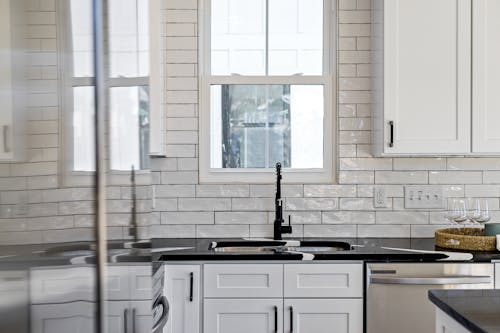
Subway tiles are often hailed as a timeless choice in kitchens and bathrooms, but they’re deeply rooted in early 20th-century design—specifically the 1900s to 1930s. Originally used in the New York City subway system starting in 1904, they were praised for being hygienic and easy to clean. That utilitarian appeal carried into domestic spaces, but the rise of their popularity in residential homes surged again during the 2010s. When paired with gray grout or modern patterns, they start to look distinctly of that decade.
Their supposed “neutrality” can make them feel like a safe choice, but too much reliance on subway tiles can scream HGTV 2013. We’ve now seen them in every fixer-upper reveal, which makes them less timeless and more trendy. When they’re used in large-scale, glossy white installations, they anchor a space to a very particular moment in renovation history. That’s not necessarily bad—but it’s definitely not timeless.
5. Mid-Century Modern Everything
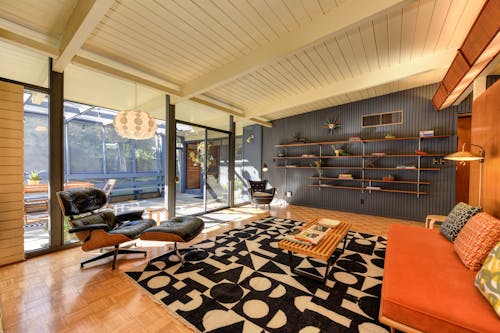
Mid-century modern is often mistaken for an eternal aesthetic, but it’s tied very specifically to the post-WWII years—roughly the late 1940s to mid-1960s. The style was about optimism, clean lines, and new materials like molded plywood and fiberglass. It became ubiquitous again in the 2010s, thanks in large part to Mad Men and the rise of furniture companies like West Elm. But when everything in a room has peg legs, you know exactly what era inspired it.
What’s interesting is that true mid-century design wasn’t meant to be precious—it was utilitarian and forward-thinking. But when replicated en masse, it becomes more costume than concept. A single Eames chair can feel classic, but a full suite of walnut everything tends to feel like a time capsule. If your living room looks like Don Draper might pour a Scotch there, it’s probably not as timeless as you think.
6. Popcorn Ceilings
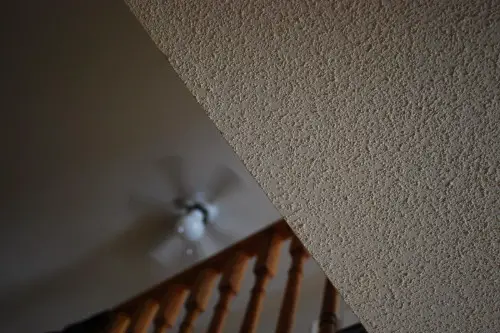
Popcorn ceilings were marketed as practical when they surged in popularity from the 1950s through the 1980s. They were cheap to apply, covered imperfections, and dampened sound. Builders loved them for how quickly they could be sprayed on in tract housing developments. But almost immediately, homeowners began regretting them—especially once asbestos concerns emerged.
Despite their once-commonplace status, very few people would call them “timeless” now. They’ve become a red flag in real estate listings, often signaling that a home hasn’t been updated in decades. Removing them is messy and costly, which adds to their stigma. They’re a prime example of a widespread choice that didn’t stand the test of time.
7. Tuscan-Inspired Kitchens
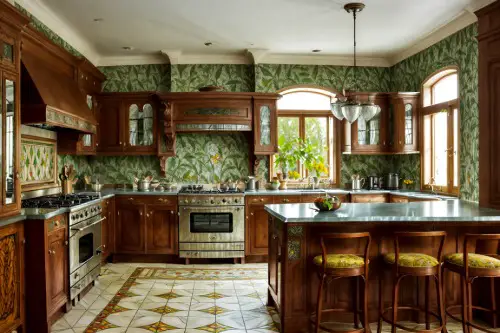
The warm tones and heavy ornamentation of Tuscan-style kitchens were wildly popular in the early 2000s. Think cherry cabinets, oil-rubbed bronze hardware, and faux-plaster walls in gold and red. These designs were meant to evoke an old-world Italian feel, even if you were in a California suburb. They often included ornate corbels, travertine tile, and granite counters.
For a brief moment, they were the height of sophistication, but today they can feel dark and overdone. Natural light often gets swallowed by all the warm tones and visual heaviness. It’s not that Mediterranean inspiration is inherently bad—it’s the overly literal translation that dates these kitchens. Most designers now recommend lightening up or modernizing these spaces to avoid a 2003 flashback.
8. Barn Doors
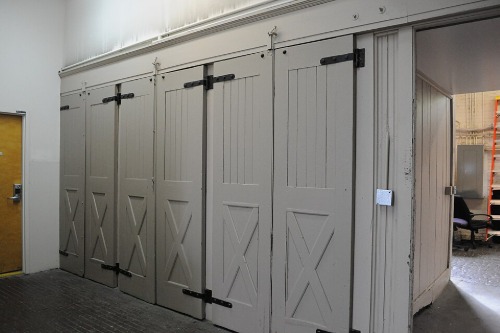
Barn doors slid into popularity in the 2010s as a space-saving alternative to traditional swinging doors. They were especially favored in farmhouse-style homes and open-concept renovations. Usually made of reclaimed wood or designed to look rustic, they added a dramatic touch to even small rooms. But their function often came second to their form.
The problem is, they don’t offer much sound insulation or privacy, and their hardware is often clunky. Once the novelty wears off, they can feel out of place—especially in non-rural or modern settings. Much like shiplap, they owe their fame almost entirely to TV design shows. What felt charming and unique ten years ago now feels like a cliché.
9. Beige Everything in the ’90s
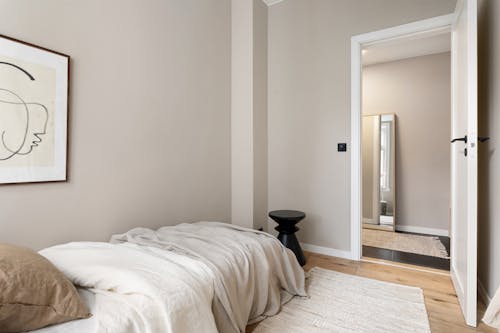
The 1990s had a beige problem, and it was everywhere—from walls to carpets to sofas. Known as “builder beige,” it was the default color for homes across America during that decade. The goal was to keep things neutral, but the result was often monotonous and washed-out. Even wood finishes leaned yellow or orange, adding to the overall flatness.
Designers claimed it was timeless because it “goes with everything,” but the truth is, it was just safe. And when everyone is making the same safe choice, it becomes unmistakably tied to a specific era. Today’s preferences lean toward warmer whites, soft greiges, or even bold colors for contrast. That old-school beige now reads less like timeless minimalism and more like a blast from a dated catalog.
This post 9 “Timeless” Design Choices That Are Actually Tied to One Decade was first published on Greenhouse Black.
